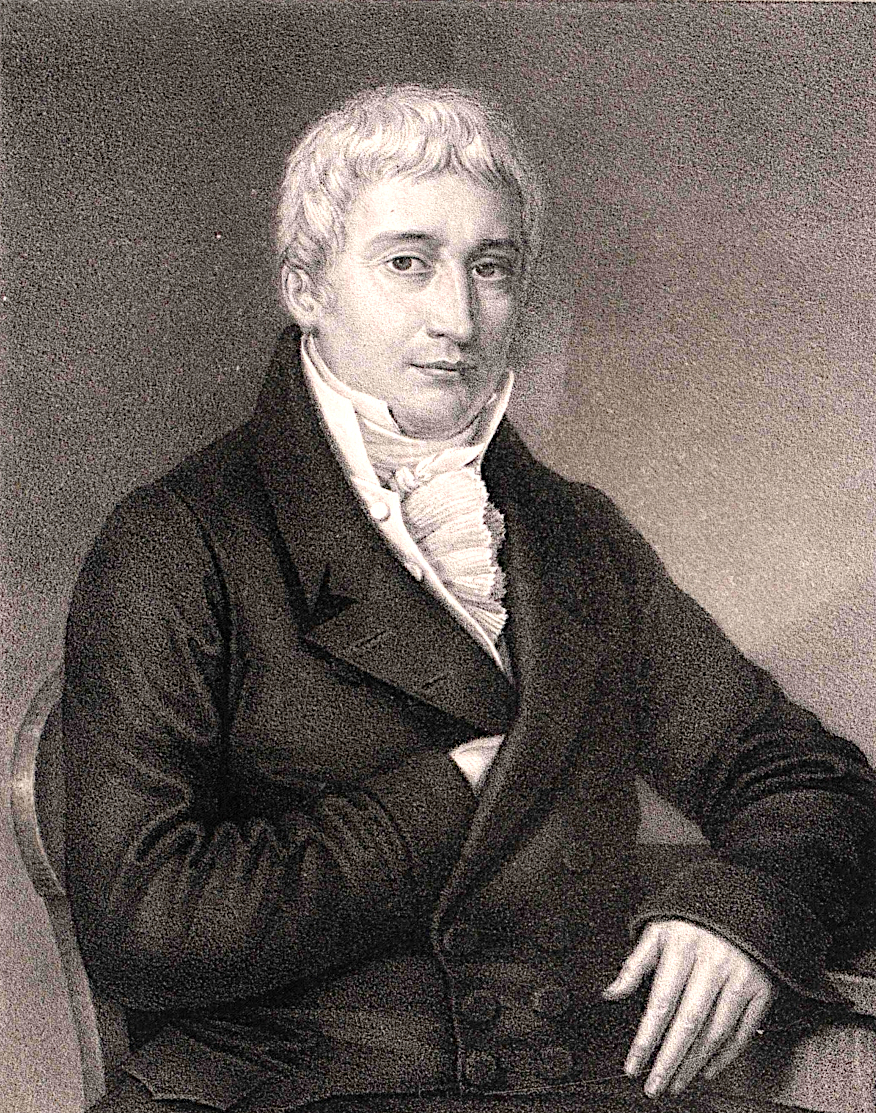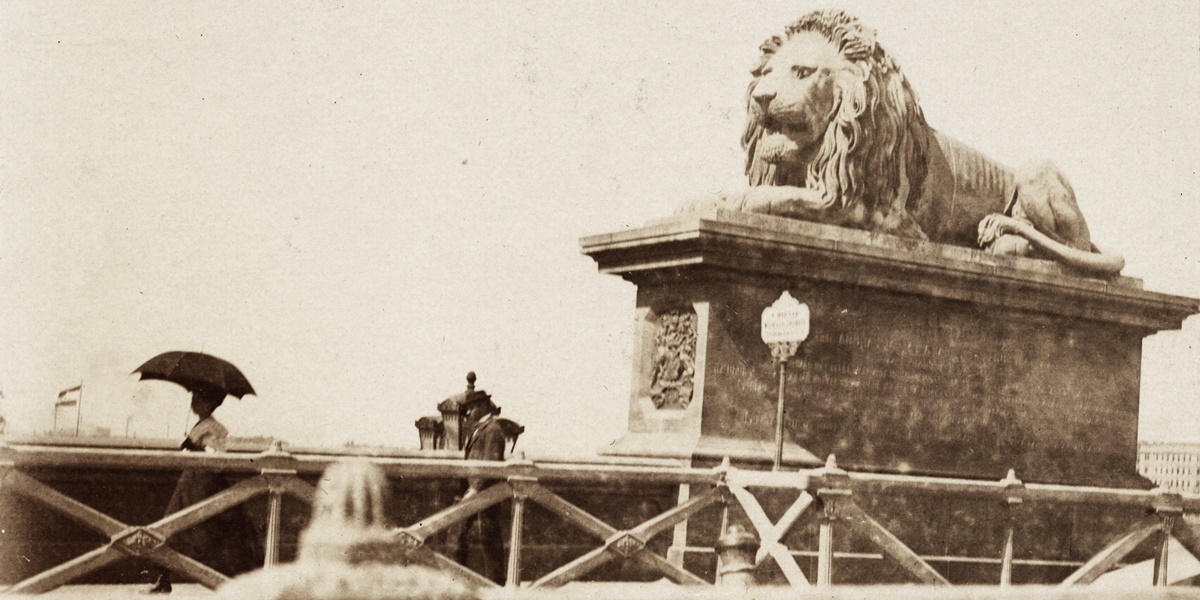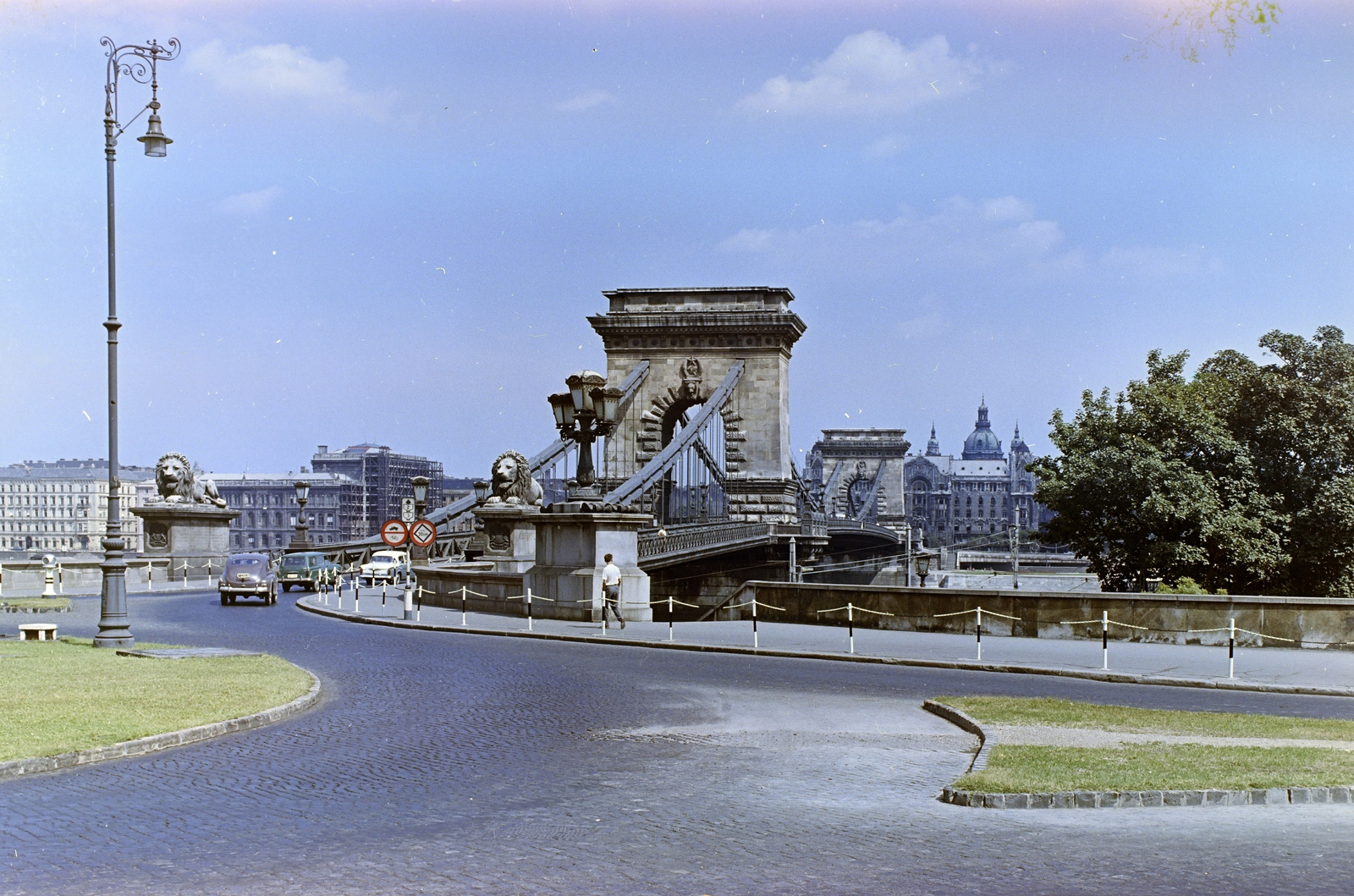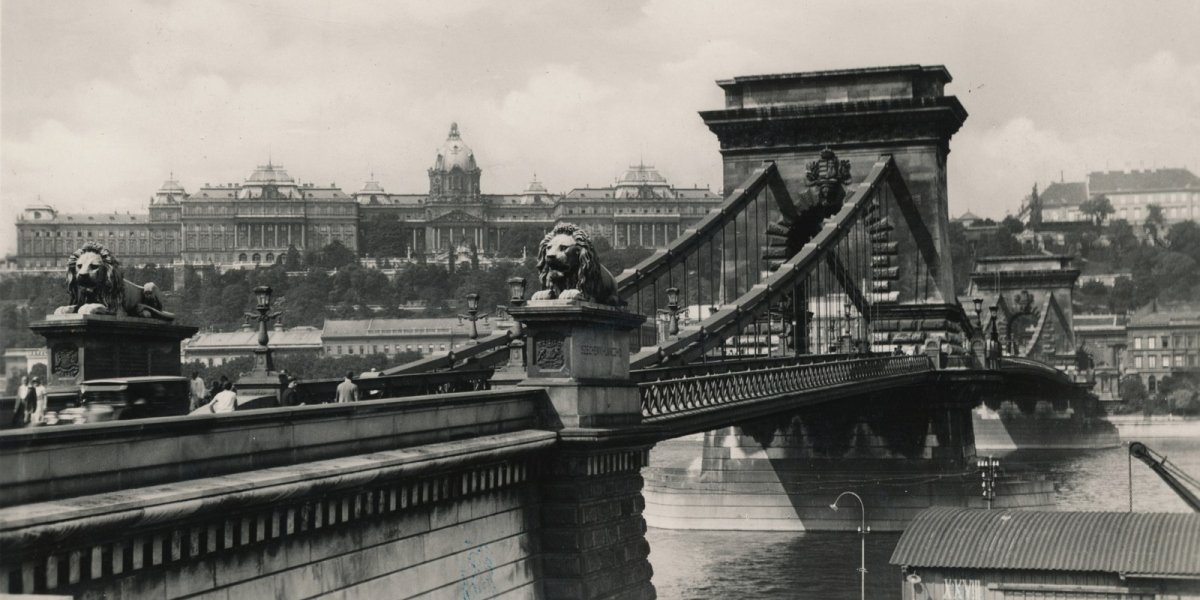In connection with the construction of the Chain Bridge, the name of István Széchenyi comes to mind first, and the names of the two Clarks, the designer William Tierney Clark and the construction manager Adam Clark may be familiar. However, in addition to the Széchenyi family, the coat of arms of another family was located on the bridge, as there was another person without whom the bridge could not have been built.
He was György Sina, the main shareholder and general contractor of the bridge. He made an agreement with the Hungarian state in 1838 to build the bridge. To realize such a huge venture, the money, influence, and business acumen of the wealthy banker was needed. Because of his friendship with Széchenyi, Sina took a huge risk on the investment. He got involved in the business - with a lot of money - despite the fact that he was aware that the investment would pay off very slowly, over decades.

Portrait of György Sina (picture by Kaufmann Handel)
The bridge cost a lot of money. Although a joint stock company was set up for the construction, ie anyone could buy shares, the bridge was actually a bad deal, most of the shares remained on the issuers' neck, with György Sina holding the majority of the shares. Blessed with a good business sense, István Széchenyi bought relatively few shares and quickly got rid of most of them. In addition, the construction went well beyond the set budget and the surplus was lent to the business by Sina and two other bankers.
The second general meeting of the Chain Bridge Company, the company that built and operated the Chain Bridge, was held on 8 July 1851. The situation was not bright, the bridge was making a loss, there was no way to pay the debt, the company also had a lot of disputes with the government as they could not agree on the transport of the military. The company was in such a bad financial situation that even the then seriously ill William Tierney Clark's request to pay him the previously promised premium of 5,000 forints was rejected.

Coat of arms of the Sina family on the bridge in 1894 (photo: Fortepan / No.: 93393)
At the end of the not-so-good general meeting, however, one of the shareholders, Carl Frommhold, asked for the floor and suggested that as a gratitude for the two men who did so much for the building of the bridge, György Sina and István Széchenyi (who was not attending the general meeting, because he was in an asylum in Döblin), on the bridge, under the pedestals of the lions, the coats of arms of the Sina and Széchenyi families should be placed. The General Assembly approved the proposal, with the amendment that a separate sign will be placed with the names of those who excelled in the construction.
The commissioning of the coats of arms was carried out by the same workshop that made the Lions of the Chain Bridge, ie the workshop of János Marschalkó. On 10 March 1852, the Pesti Napló wrote:
“As they say, the family coat of arms of the two founders of this bridge, Count István Széchenyi and Baron György Sina, will be put on one of the pillars of this bridge in a short time, in public recognition of the merits they have gained by establishing this great venture. These coats of arms will be made by one of our local sculptors, Mr. Marschalko. ”
What were the coats of arms? The Széchenyi family had the title of count, so of course the family had a coat of arms. Although Sina György had aroman (cincar) origins of wealthy bankers based in Vienna, György Sina was given Hungarian nobility in 1818 and then in 1832 the rank of baron with the forenames Hodosi and Kizdiai, so this baronial coat of arms was to be placed on the bridge.
The coats of arms were thus placed on the bridge in the spring of 1852, without any special celebration. However, the placement of the coats of arms in 1852 gave rise to a very serious misunderstanding, which was taken over by almost every description and even the literature. The coats of arms were made in the workshop of János Marschalkó, same as the lions, so it can be read in many places that the lions also took their place in 1852. This is also “confirmed” by some depictions of the Chain Bridge. But these depictions were based on an original etching that was made before 1842, so it does not feature lions.

Ideological disturbance: the Rákosi coat of arms on the pylons, the Kossuth coat of arms on the lamps, the Széchenyi coat of arms of a count and the Sina coat of arms of a baron at the head of the bridge, all in 1962 (photo: Fortepan, Főfotó)
So in 1852 the coats of arms were placed on the pedestal of the lions that were already there. These coats of arms can be seen on the Buda side to this day (they disappeared from Pest after the war or were not restored), announcing the friendship and business cooperation of the two men who made the construction of the Chain Bridge possible: István Széchenyi and György Sina.
Cover photo: The coats of arms at the Pest bridgehead in 1938 (photo: Fortepan / No.: 158310)



































Hozzászólások
Log in or register to comment!
Login Registration